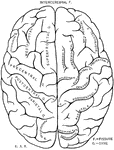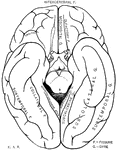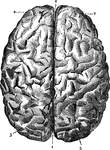Clipart tagged: ‘fissure’
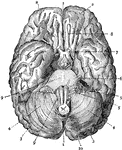
Brain
The brain seen from below. 1: Great fissure; 2: Anterior lobes of cerebrum; 3: Posterior lobes of cerebrum;…
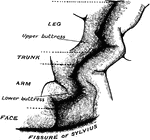
Precentral Gyrus in the Brain
The convolutionary projections of the precentral gyrus, and their relationship to motor areas.
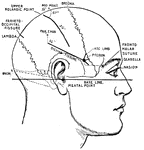
Principle Fissures of the Brain
Showing the lines which indicate the position of the principal fissures of the brain.
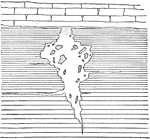
Fissure in Limestone
Diagram of an ancient fissure in fine Upper Silurian limestone, etc., filled with rounded grains of…

Intermitting Spring
"A mountain and spring, showing how the principle of the syphon operates to produce the effect described.…
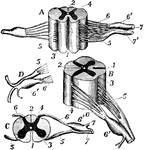
Nerve Roots
"The spinal cord and nerve-roots. A, a small portion of the cord seen from the ventral side; B, the…
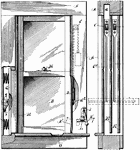
Casement Window
A window with a hinged sash that swings in or out like a door comprising either a side-hung, top-hung,…

